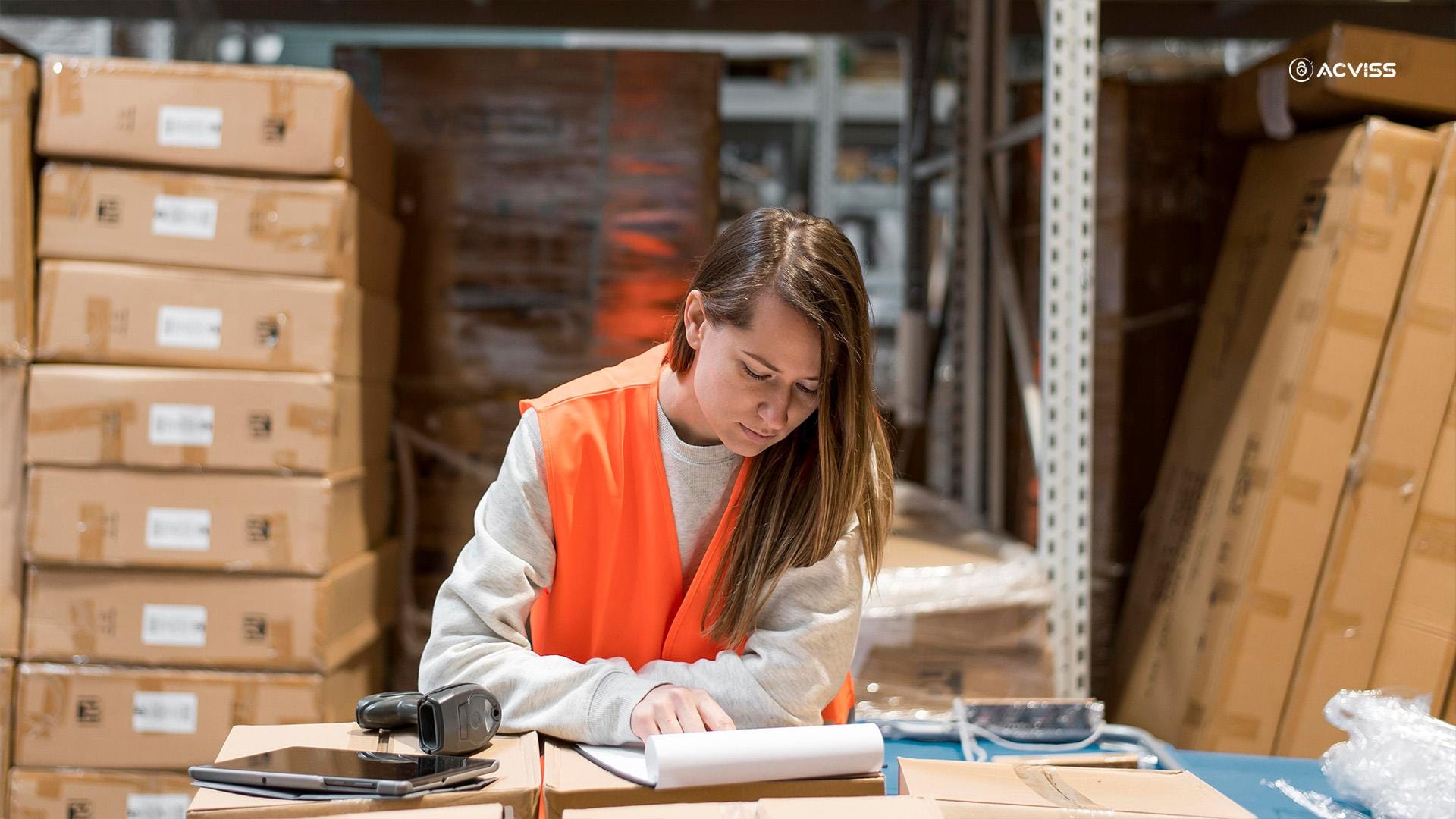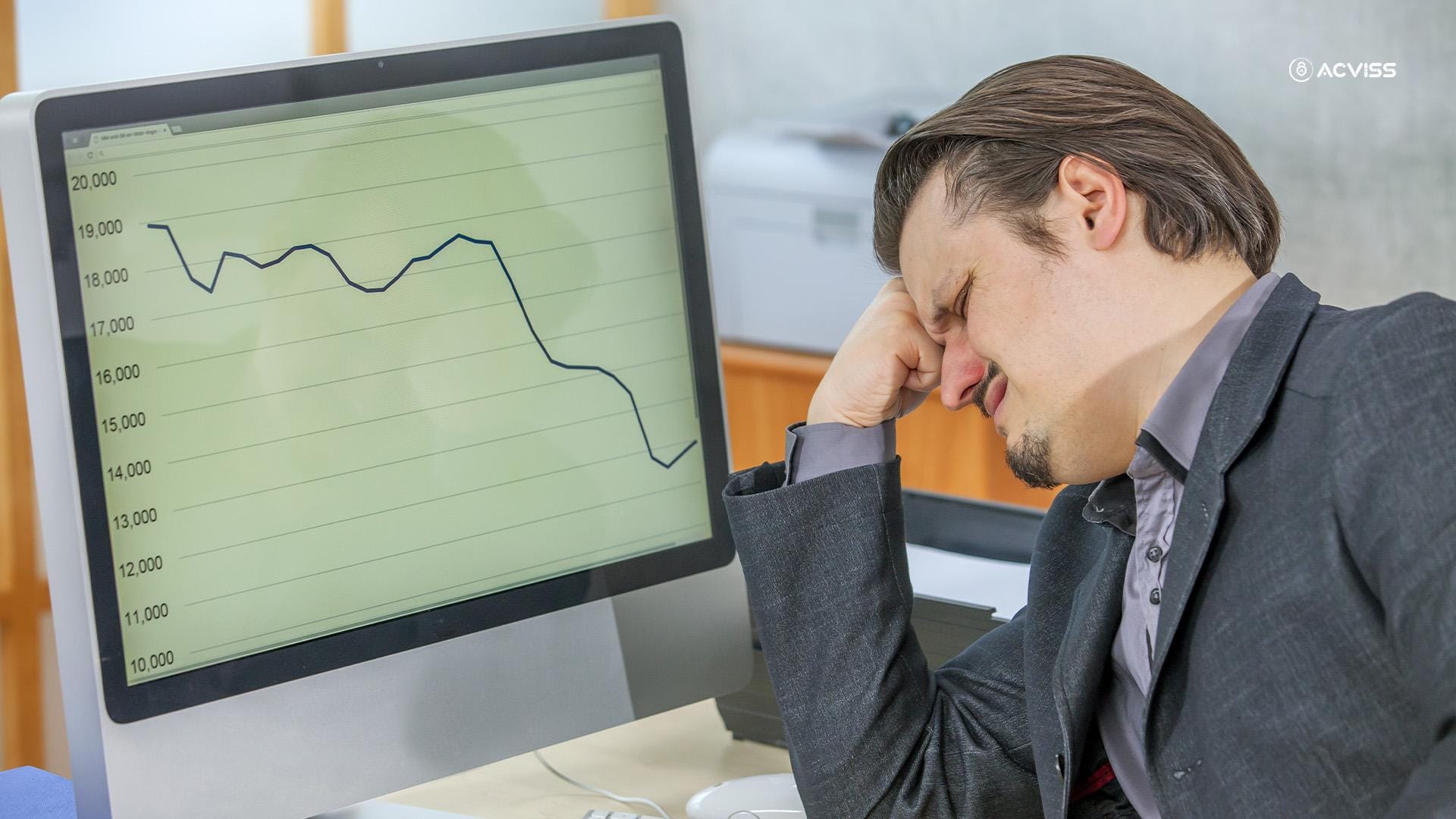5 Hidden Costs of Sticking with Manual Supply Chain Verification

In 2025, global supply chains will be more interconnected and fragile than ever. The scale and complexity of operations, from multi-tier sourcing to just-in-time deliveries, make it impossible to leave any room for error. Yet, many businesses still rely on outdated, manual verification methods: paper logs, Excel spreadsheets, and human inspections. On the surface, these systems may seem familiar and cost-effective. But beneath the surface, they’re quietly draining profits and exposing brands to risk.
Consider this: nearly 44% of supply chain leaders say manual verification has created major operational challenges. As compliance standards get stricter and customer expectations also grow. The old processes are proving not just inefficient but expensive.
In this blog, we’ll uncover the five hidden costs of sticking with manual supply chain verification. From operational delays to counterfeit risks, we’ll break down the real impact of these silent inefficiencies and explore smarter, scalable alternatives for a more resilient future.
5 Hidden Costs of Choosing Manual Supply Chain Verification
#1: Operational Delays and Inefficiencies

Manual verification might seem manageable at a small scale, but in modern supply chains, it quickly becomes a bottleneck.
Why it’s a problem:
- Manual tasks like scanning barcodes, entering data, and handling physical documents slow down every part of the chain, from procurement to delivery.
- These delays compound over time, leading to missed deadlines, customer dissatisfaction, and lost revenue.
The numbers speak:
1. Companies relying on manual processes face:
- 20% higher inventory costs
- 15% higher logistics expenses
2. In April 2024, average lead times hit 79 days, still higher than the pre-COVID average of 65 days.
Real-world example:
Target Canada’s collapse is a textbook case.
- Poor inventory visibility
- Distribution delays
- Manual tracking that couldn’t keep up with demand
These inefficiencies snowballed into store closures within just two years of launch.
The takeaway:
As supply chains grow more complex, manual verification can no longer keep pace. Delays aren't just operational hiccups; they're profit drains.
Hidden Cost #2: Inventory Mismanagement

Well, honestly, there is no supply chain without Inventory. And when manual verification is involved, it’s often more guesswork than precision.
What goes wrong:
- Stockouts delay orders and upset customers.
- Overstocking locks up capital and leads to wastage, especially in sectors like food or chemicals.
- Ghost inventory, items logged in your system but missing physically, creates false visibility and forecasting errors.
Key stats:
- Inventory accuracy with manual methods is 65%. Whereas with RFID, it jumps to 95%.
- Globally, poor inventory practices contribute to $1.1 trillion in excess stock every year.
- 43% of small businesses still rely on pen-and-paper or spreadsheets for inventory management.
Industries hit hardest:
- Perishable goods: Overstocking means spoilage and lost revenue.
- Electronics: Fast-moving, high-value items are especially vulnerable to miscounts and theft.
Smarter approach:
Digitised systems using QR codes, barcodes, or RFID enable real-time inventory tracking that minimises mismanagement and maximises visibility.
Hidden Cost #3: Compliance Errors and Regulatory Risks

Staying compliant in 2025 or ever isn’t just good practice, it’s a business necessity. But with manual supply chain verification, even the most diligent companies can fall behind global standards.
Why manual systems fall short:
- Data entry errors lead to incorrect documentation.
- Paper-based logs are hard to audit or update in real time.
- Inconsistent processes across geographies increase the risk of non-compliance.
Global regulations are tightening:
- FDA (U.S.): Serialisation and traceability in pharma.
- Legal Metrology Act (India): Label accuracy and packaging compliance.
- GOTS & EUDR (Global): Traceability in organic and sustainable goods.
The cost of getting it wrong:
- Average cost of a data breach due to poor systems: $4.88 million (IBM, 2024).
- Nearly 50% of production stoppages in the U.S. stemmed from regulatory violations (Everstream Analytics).
- 35+ export bans on key goods in 2023 alone, compliance slip-ups can lock you out of markets.
The digital edge:
- 43% of businesses report better regulatory visibility with digital compliance tools (PwC).
- Automated systems create reliable audit trails, helping meet regional and international mandates.
Where the risks show up:
- Pharmaceuticals: Missed serialisation = fake drugs on shelves.
- Agriculture: Manual verification fails to meet traceability rules (e.g., for organic or sustainable exports).
- Cross-border trade: Incomplete documentation leads to delays, detentions, or outright bans.
Hidden Cost #4: Traceability Gaps and Counterfeit Risks

All of us can agree that visibility equals security. Yet manual verification methods often leave massive blind spots, which open doors for counterfeits to slip through undetected.
The visibility problem:
- 62% of companies lack end-to-end supply chain visibility.
- Accordingly, Oracle has only 6% full visibility across all tiers.
Without real-time traceability, it’s nearly impossible to:
- Track a product from origin to point of sale.
- Verify the source of raw materials.
- Detect counterfeit infiltration before it hits shelves.
Real-world impact:
- Retail: Inconsistent tracking leads to fake goods making it into stores, harming consumer trust.
- Fashion: Luxury brands suffer brand erosion when counterfeit variants flood resale markets.
Why manual systems fail here:
- Paper logs and static databases can’t keep up with multi-tiered, fast-moving supply chains.
- Human error and lack of standardisation make tracing back a defective or fake product nearly impossible.
In an era where authenticity influences purchase decisions, traceability gaps aren’t just inefficiencies; they’re brand threats.
Hidden Cost #5: Human Error and Increased Operational Costs

Manual systems aren’t just slow, they’re error-prone. And each small mistake adds up, inflating costs across the supply chain.
Where errors happen:
- Invoice mismatches that delay payments and sour supplier relationships
- Mis-shipments leading to customer complaints and reverse logistics
- Inaccurate data entry from paper logs or spreadsheet fatigue
The productivity toll:
- 52% of engineers spend 6+ hours weekly on manual sourcing, order entry, or coordination.
- Manual task load increased 73% from 2022 to 2023, straining teams further
- Despite better options, 46% of supply chain professionals still rely on Excel for core operations.
The cost spiral:
- Errors lead to returns, rework, shipping reruns, and duplicated labour.
- Rising logistics costs, already at $2.3 trillion in the U.S., are made worse by manual inefficiencies.
- Teams spend more time correcting mistakes than preventing them.
The takeaway:
Human error isn’t just a personnel issue; it's a structural weakness in outdated supply chain systems. As complexity grows, manual methods can’t keep up without driving up costs.
Digitisation is the Answer
Here’s why:
Manual processes are no match for the complexity and scale of today’s global supply chains. Digitisation isn’t just a competitive advantage anymore; it’s a necessity.
What digital systems bring to the table:
- Automation cuts out repetitive tasks like data entry or inventory reconciliation.
- AI and analytics enable predictive insights for better demand planning and risk mitigation.
- Connected systems like ERPs, TMS, and WMS unify operations, reducing siloed errors.
Proof in the numbers:
- RFID improves inventory accuracy to 95% vs. 65% with manual tracking.
- Transportation Management Systems (TMS) reduce freight invoice errors by 90–95%.
- 50% of supply chain leaders plan to invest in AI and analytics by 2025.
Industry in action:
- Retail: Digital inventory systems reduce stockouts and enable real-time stock sync across stores.
- Pharma: Automated compliance tools track batch-level data, reducing risks of counterfeit or expired products.
- Agriculture: QR codes and blockchain trace fertilisers and seeds back to origin, improving safety and regulatory compliance.
Tools like QR code-based verification add traceability and transparency, ensuring consumers and regulators can verify authenticity at any point in the supply chain.
India-Specific Challenges and Opportunities

India’s supply chain ecosystem is rapidly evolving, but still grappling with deep-rooted manual processes, especially among MSMEs.
Let’s look at some of them:
1. Regulatory complexity:
- The Legal Metrology Act mandates accurate labelling and declarations for packaged goods.
- BIS standards ensure quality and safety compliance across industries.
- E-commerce rules demand transparency in origin, pricing, and authenticity of products.
Keeping up with these regulations through manual verification is not only error-prone, but it’s a legal risk.
2. Market momentum:
- India’s $3.42 billion supply chain management (SCM) market is projected to reach $6.43 billion by 2030 (CAGR of 11.1%)
- Rising demand for real-time tracking, compliance, and fraud prevention is driving digital transformation.
3. Ground reality:
- A large percentage of MSMEs still rely on pen-and-paper processes or basic spreadsheets
- Many businesses operate in fragmented supply chains with limited upstream visibility, making verification and traceability harder
The opportunity:
With growing regulatory scrutiny and consumer demand for transparency, there’s a clear shift toward digital-first verification and authentication, especially in sectors like agriculture, retail, and pharmaceuticals.
Product Highlight: Certify by Acviss
For businesses looking to move beyond the risks of manual verification, Certify by Acviss offers a robust, scalable alternative.
Why Certify?
- Non-cloneable QR codes for product-level authentication.
- Real-time tracking of scan data, location, and verification events.
- Seamless integrations with ERP and e-commerce systems for easy deployment.
Who’s using it?
From FMCG brands ensuring packaging integrity to agriculture companies verifying fertiliser authenticity, Certify by Acviss is driving trust across sectors. It’s also helping retailers manage inventory and track grey market diversion.
Built for compliance
- Certified under ISO 270001 and aligned with GDPR standards
- Provides clear digital audit trails to support regulatory checks
Whether it's meeting Legal Metrology standards in India or building traceable supply chains globally, Certify bridges the gap between compliance and execution.
Final Thoughts
Sticking with manual supply chain verification might feel familiar and more comfortable, but it’s far from free. The hidden costs are everywhere: delays, data errors, compliance missteps, and lost trust.
Today’s global supply chains aren’t built for guesswork. They need real-time intelligence, not stacks of paperwork or spreadsheets. Whether you're running a small operation or managing a multi-country network, the message is the same: manual systems are holding you back.
You don’t need to overhaul everything overnight. Start small. Digitise the checkpoints that matter most. Stay audit-ready. Build trust from the ground up.
Get in touch with our experts today to explore secure, scalable tools that reduce risk and improve traceability.
